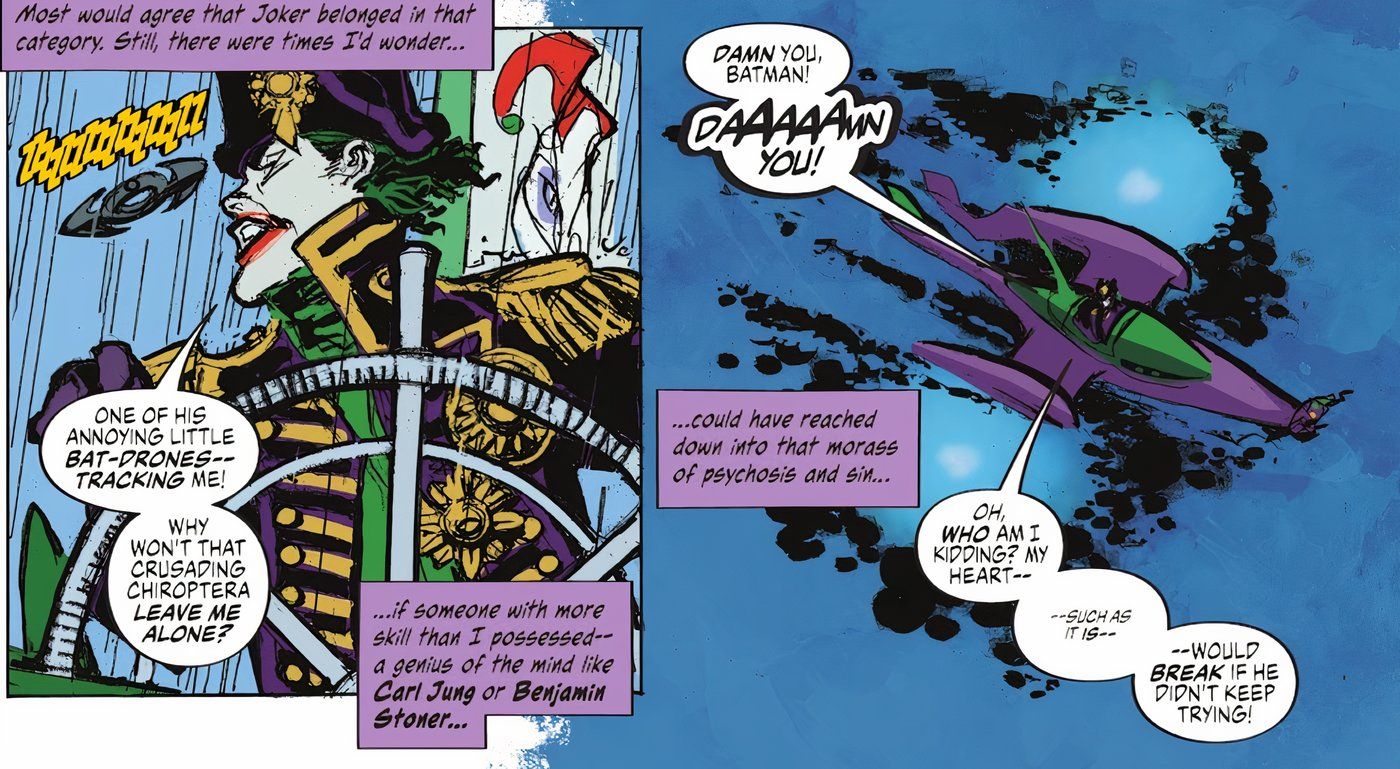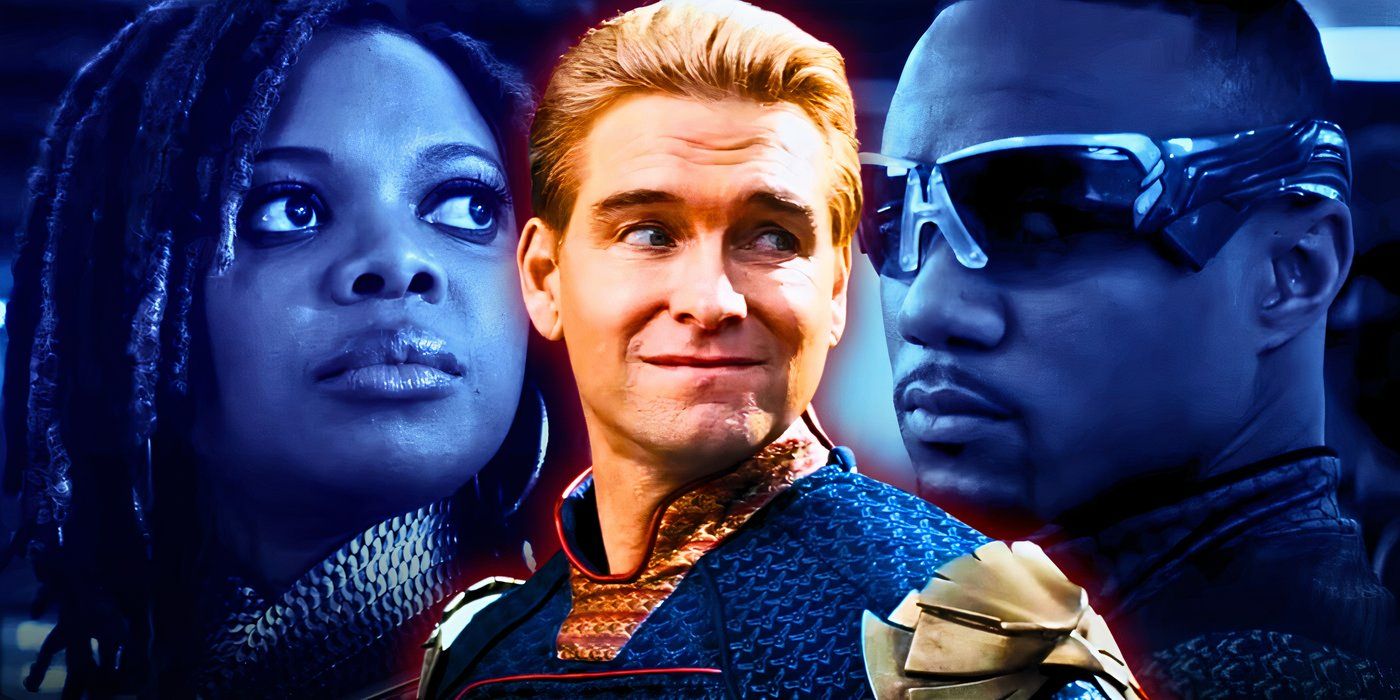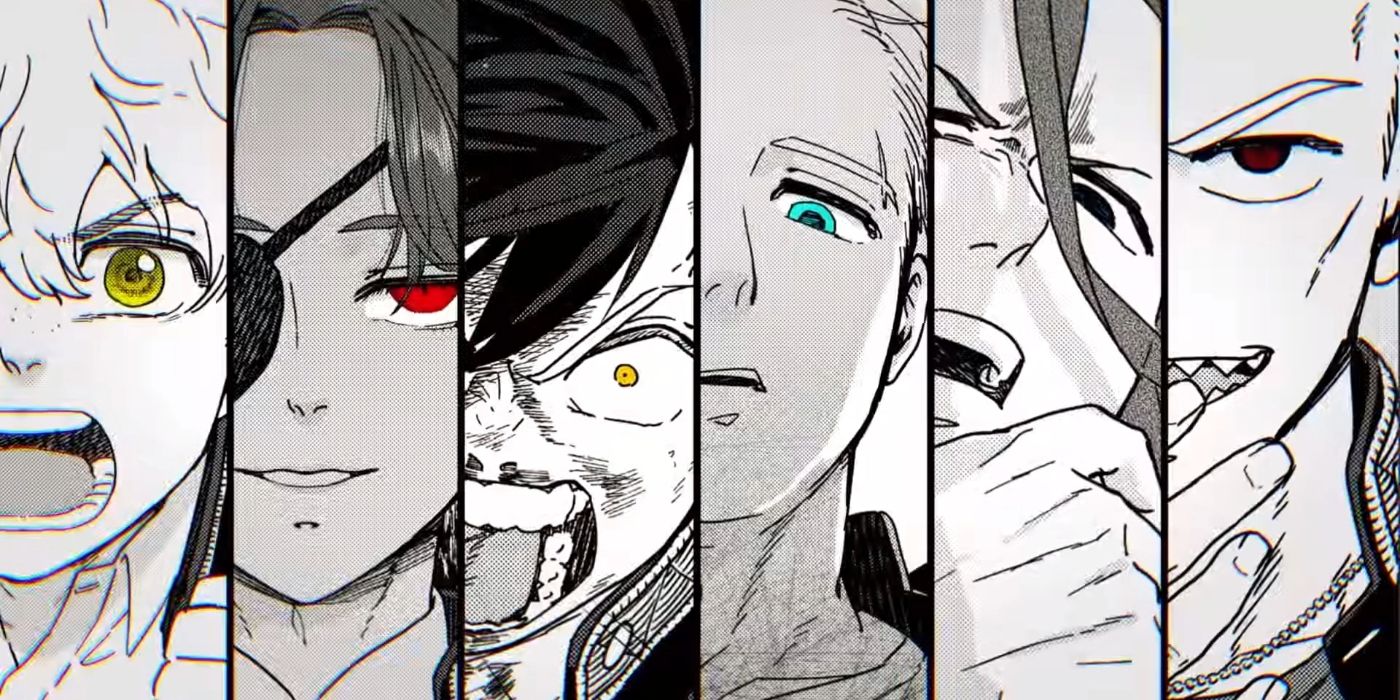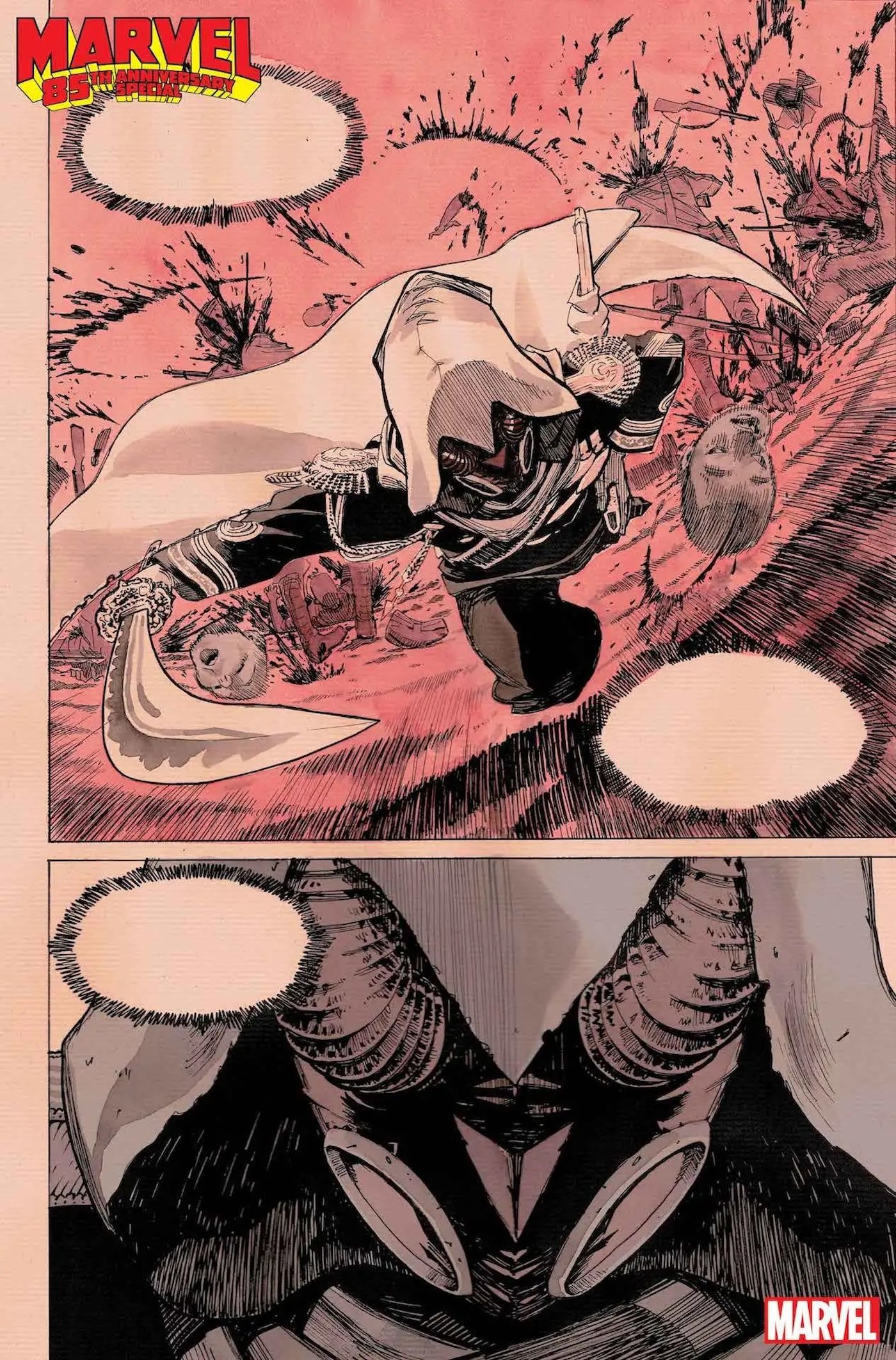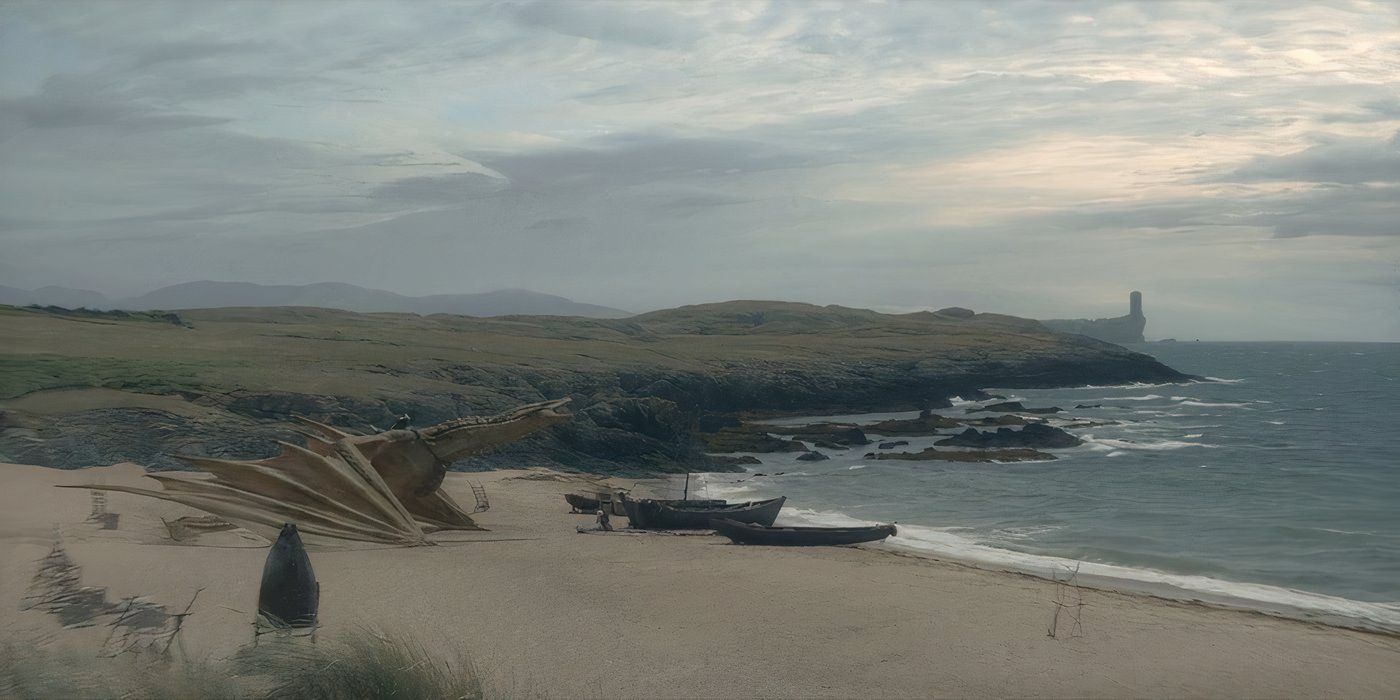Warning: This post contains spoilers for Bob Marley: One Love
Bob Marley: One Love centers the reggae singer’s life, ending with archival footage from the real-life One Love Peace Concert that was held in Jamaica in 1978. Starring Kingsley Ben-Adir as Bob Marley, the biopic follows the music icon at the height of his career, during the years of 1976 and 1978. One Love ends with Bob Marley learning that he has acral lentiginous melanoma, a rare skin cancer, after a toe injury refused to heal. Marley was still on the European leg of his tour with the Wailers and didn’t want to stop.
Marley was also seeing visions that pushed him to return home to Jamaica in 1978. In April that same year, Bob Marley and the Wailers, which included his wife Rita Marley (Lashana Lynch), who sang on backup vocals, held the One Love Peace Concert. The concert was an attempt at uniting the opposing political parties on the island, and the mixed-reviewed Bob Marley: One Love highlights the real concert, which saw the political figures coming on stage to shake hands, in archival footage. The film ends with the concert and a title card that reveals when the reggae artist died.
What Bob Marley’s Visions Of Him As A Child Mean
Throughout Bob Marley: One Love, the reggae singer has multiple visions of himself as a child. One of the visions — of a young Bob running through and away from a burning field — is a recurring one. In these visions, Bob often sees the figure of Haile Selassie I — the former emperor of Ethiopia and a god-like figure in Rastafarianism, the religion named after Selassie that Marley followed — riding a horse. The visions themselves represent Marley running away from a harrowing situation, as he does when he leaves Jamaica for England following an attempt on his life.
He’s away from Jamaica for nearly two years, distancing himself from his country and faith in some ways. In the final vision, however, Marley is told by the horse-riding figure, “You are my son. It’s time to come home now,” with young Marley walking back into the burning field. This moment reaffirms the singer’s Rastafarian faith and drives his decision to finally return to Jamaica after years away. It’s as though Selassie was reminding him of his purpose, which had been set aside for a while after the assassination attempt, and the serenity achieved through Rastafari.
Did Bob Marley’s One Love Peace Concert Bring Peace To Jamaica?
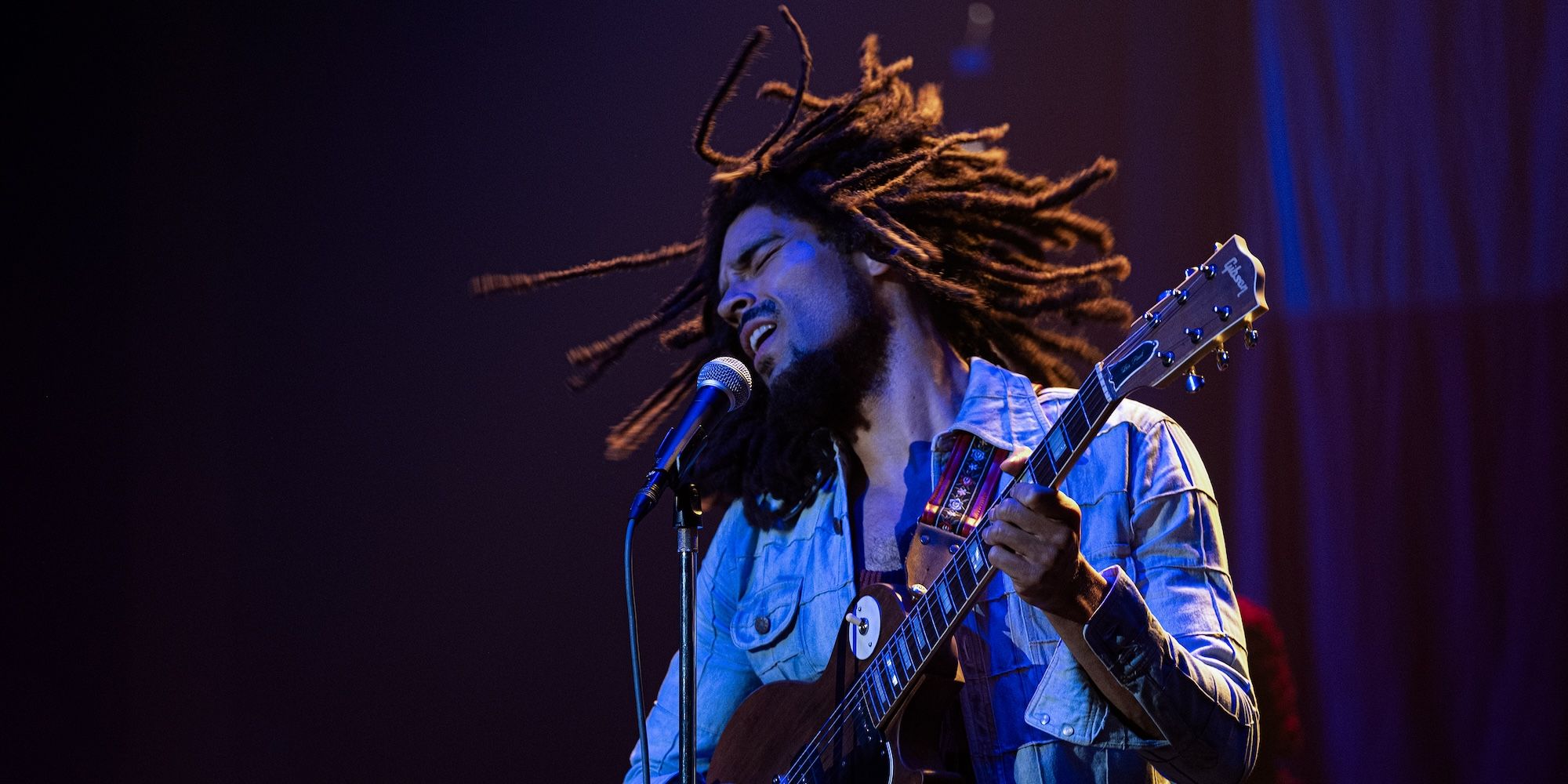
While Michael Manley, a populist who was prime minister of Jamaica during the events of Bob Marley: One Love, and Edward Seaga, Manley’s political opponent and the leader of the Jamaica Labour Party, appeared on stage alongside Marley and shook hands, the reggae singer’s peace concert didn’t cease tensions or the violence that broke out between parties. Marley united the political figures, who understood that they needed to reach people through the singer’s music.
The violence continued, however, since the next two years following the One Love Peace Concert led to a critical election that would see Seaga being elected as prime minister over Manley. What’s more, the organizers of the concert were both murdered in the years after (via Vanity Fair), and over 1,000 people were killed between 1979 and 1980, the year of Jamaica’s elections. Still, Marley’s message of unity withstands the test of time, even though a peace concert was never realistically going to solve any political issues and violence overnight.
What Happened To Bob Marley After The One Love Peace Concert
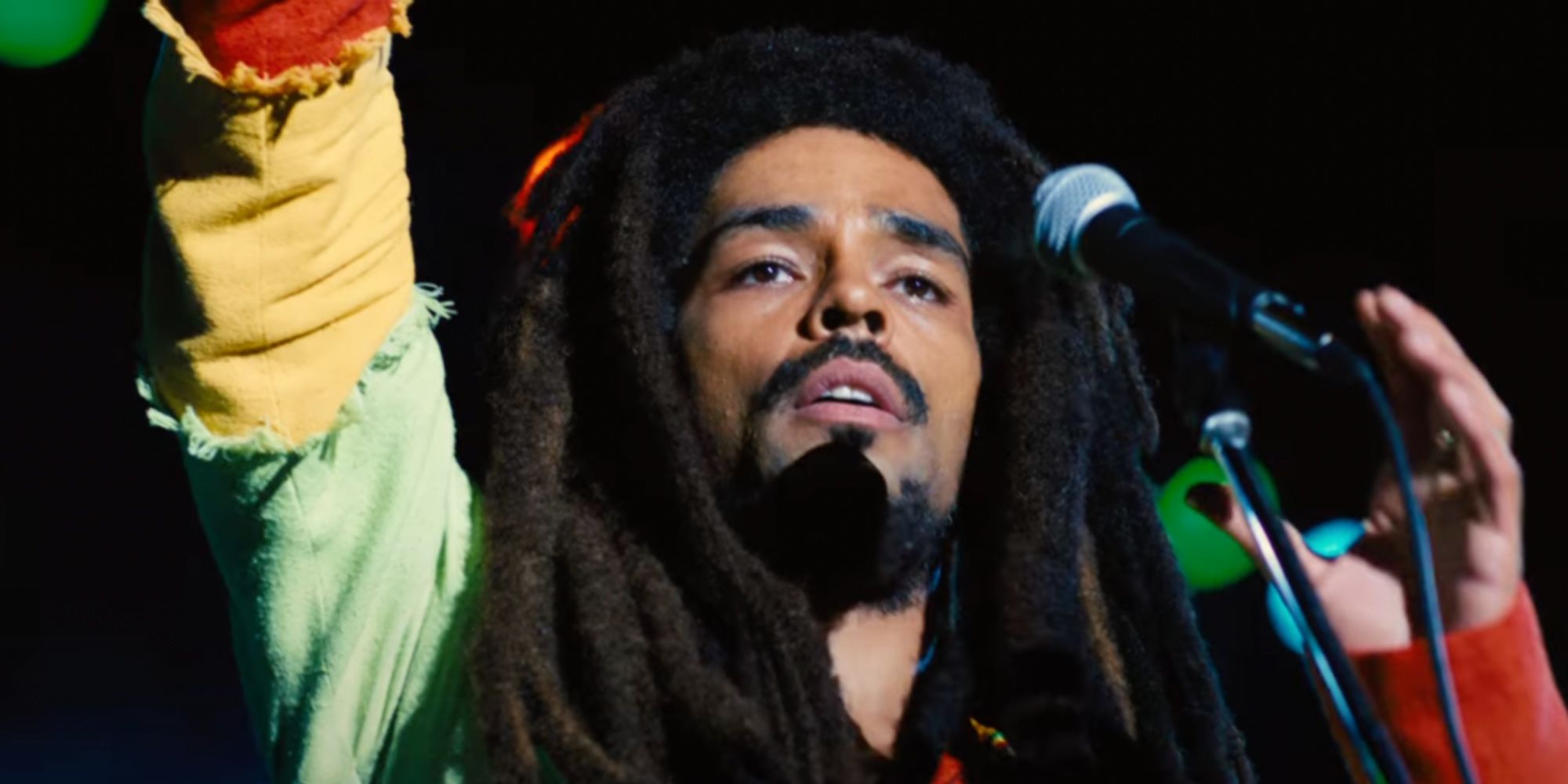
Bob Marley: One Love ends after the One Love Peace Concert, but the singer lives for a few more years after his cancer diagnosis. Following the concert, Marley continued touring with the Wailers, and the reggae band even recorded three more albums — Kaya, Survival, and Uprising — after the mass success of 1977’s Exodus. Marley toured Europe before heading to the United States in 1980, but the tour was ultimately cancelled as Marley’s cancer spread to other areas in his body, including his brain. Prior to his death in 1981, Marley underwent cancer treatment for several months.
What Happened To Rita After Bob Marley’s Death
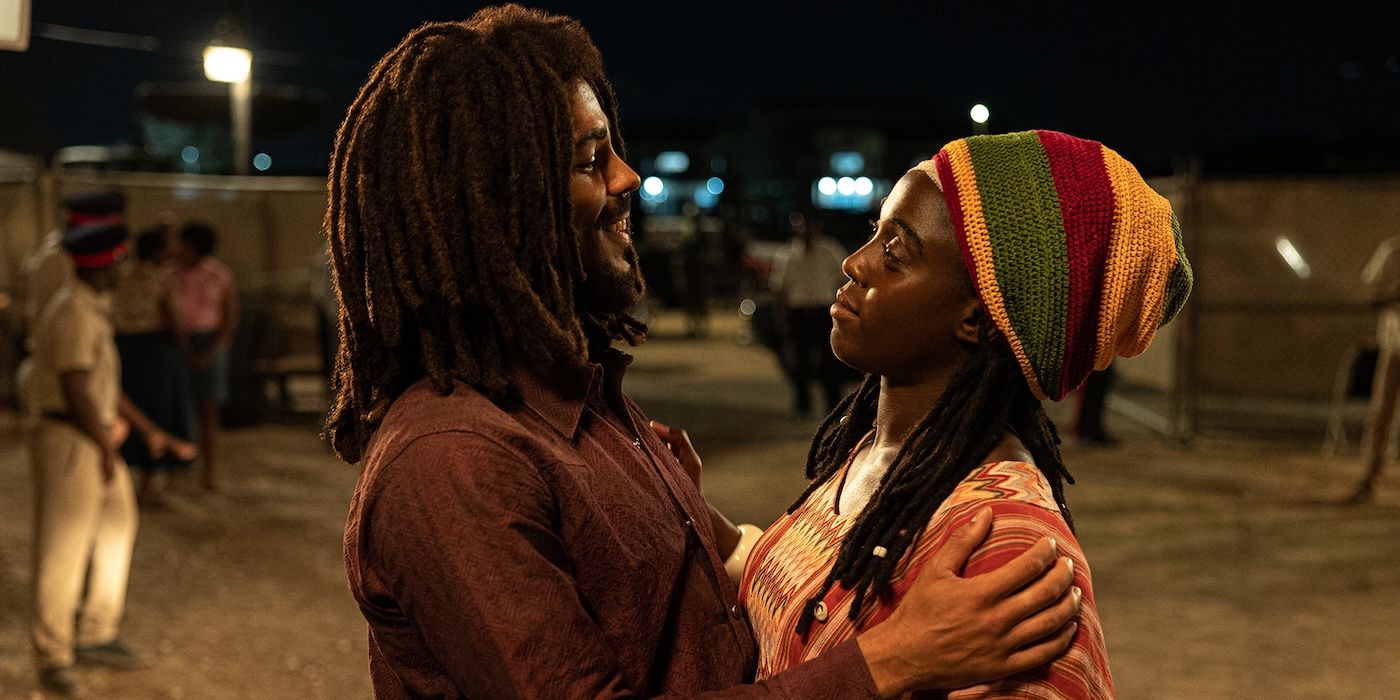
Rita Marley continued to raise their children — the ones they shared and those from extramarital relationships — and bought the recording studio where Bob Marley had recorded music under her company, Tuff Gong Record Label, in 1981. In 1986, Rita converted Marley’s home into a museum that remains a tourist attraction. Rita lived in Ghana for a while and eventually started a non-profit organization, the Rita Marley Foundation, to aid people in poverty. In 1985, Rita gave birth to her sixth child (her second with Jamaican soccer player Owen Stewart). Marley suffered a stroke in 2016, but is still alive today.
How Many Children Did Bob Marley Really Have?
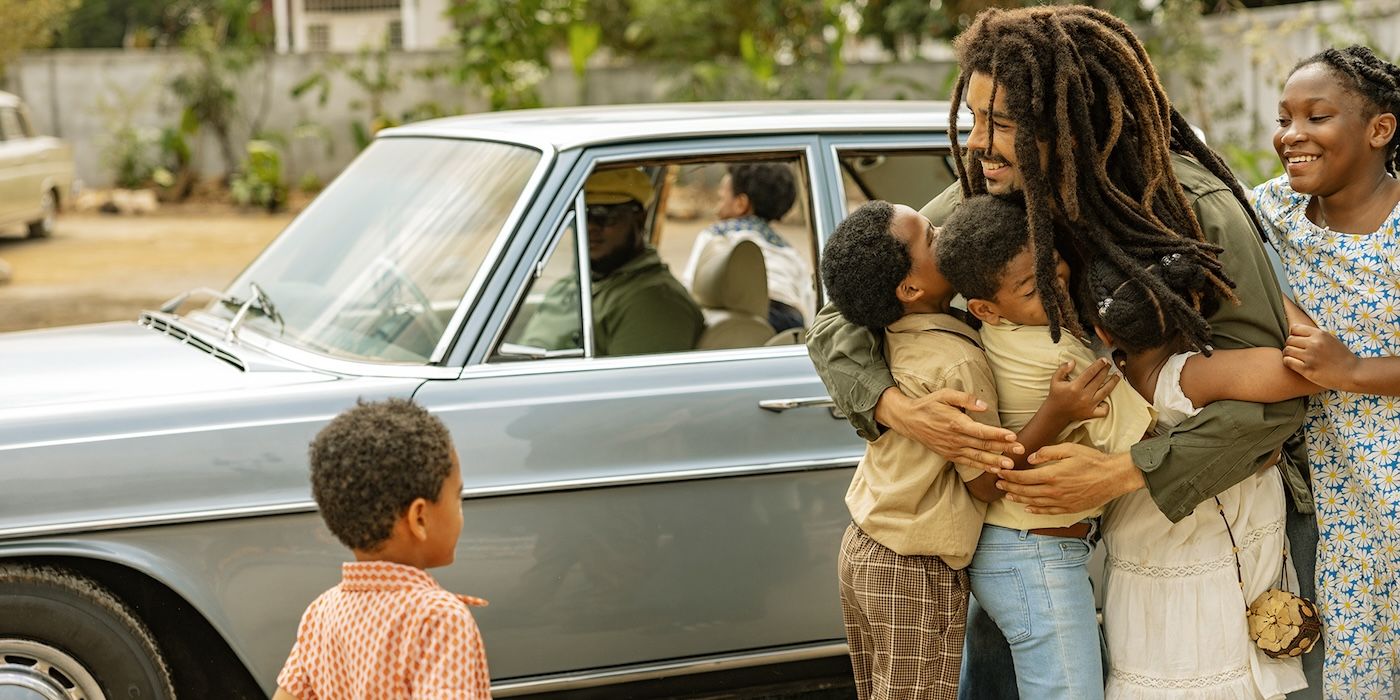
Bob Marley altogether had 11 officially recognized children — Sharon, Cedella, David “Ziggy” Stephen, Robert “Robbie”, Rohan, Karen, Stephanie, Julian, Ky-Mani, and Damian. Sharon is Rita’s daughter from a prior relationship, though she was adopted by Marley and took his surname. Cedella, Ziggy, and Stephen are the three children Rita and Marley had together, while Robbie, Rohan, Karen, Julian, Ky-Mani and Damian were all children Marley had with six different women between 1972 and 1978. Marley also has four well-known grandchildren, Skip Marley, Nico Marley, YG and Selah Marley. The latter two are also the children of singer Lauren Hill.
The Meaning Of Bob Marley’s Lion Ring
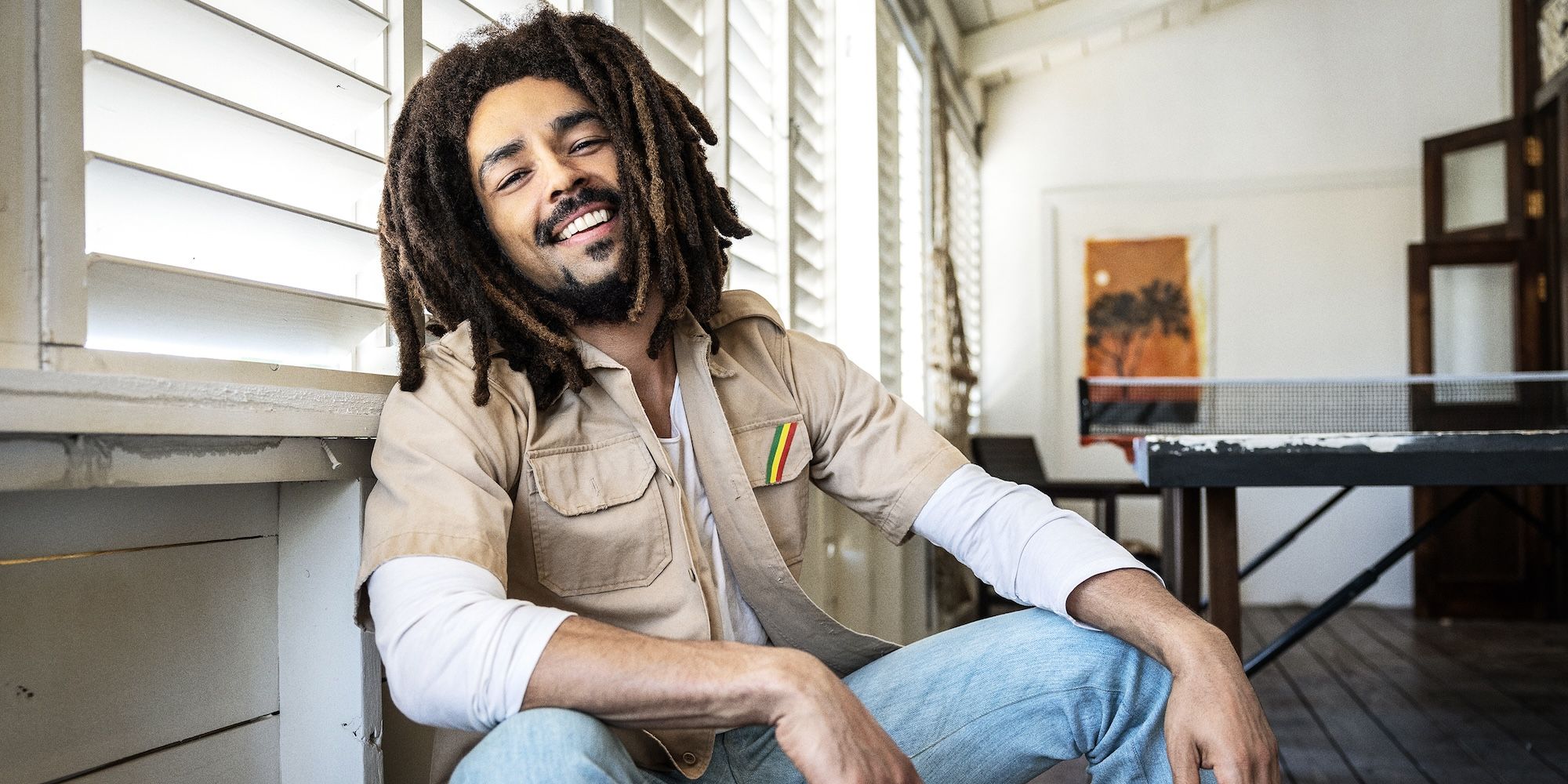
Throughout Bob Marley: One Love, the reggae singer wears a lion ring. The ring itself is the Lion of Judah, a Jewish symbol associated with the ancient tribe of Judah, and symbolizes royalty descended from the House of Solomon. It’s a symbol Haile Selassie also wore, and the lion itself appears on the Ethiopian flag carrying a scepter in reference to the Solomonic noble line. The lion ring is an important symbol of Rastafarianism as well, and Marley’s ring is alleged to have been given to him by Selassie’s son (via The African Perspective). It’s also a symbol of strength.
How Accurate Bob Marley: One Love Is To Real Life Events
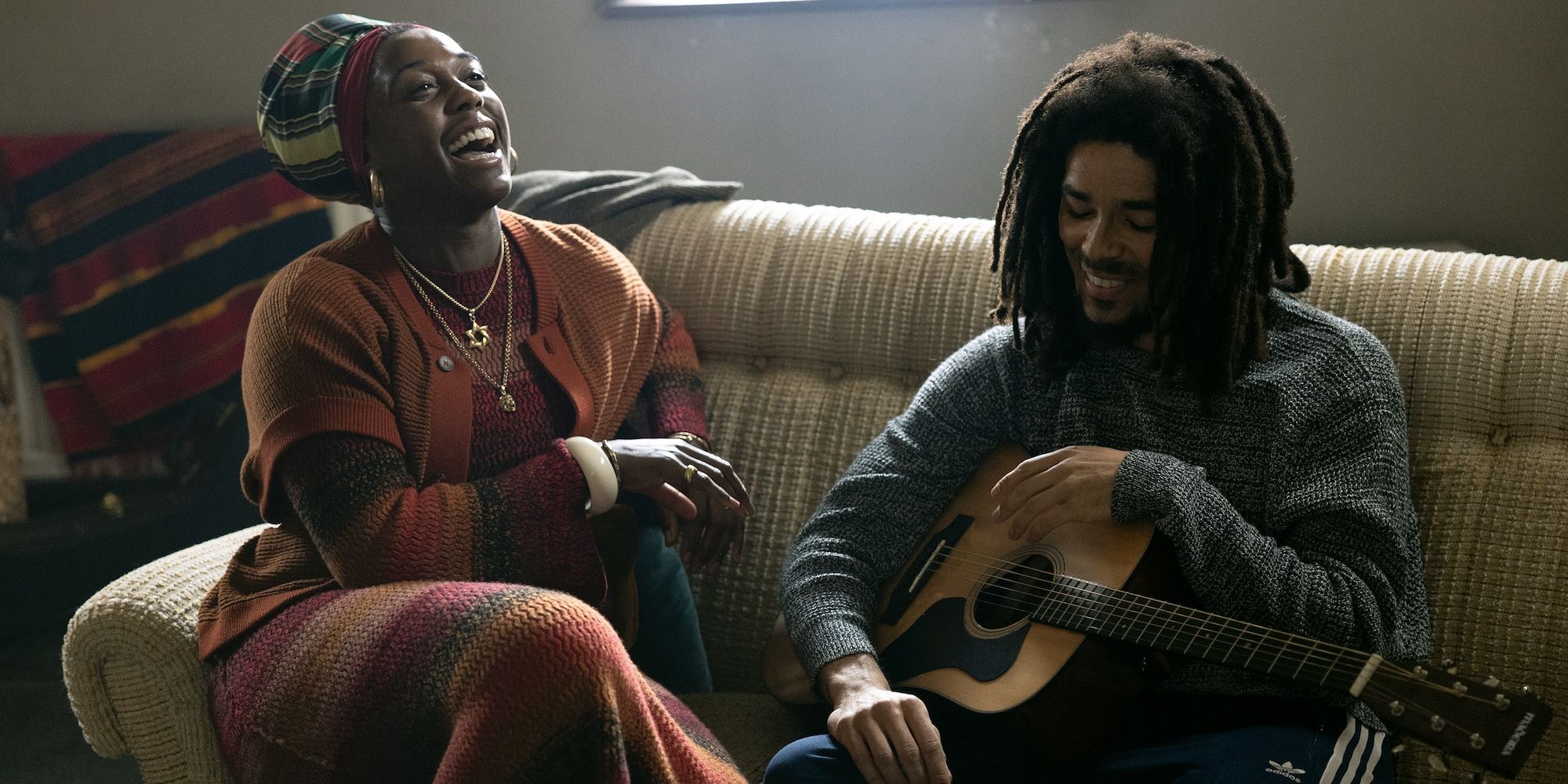
The biopic centers on a very short period of Marley’s life, but even then, Bob Marley: One Love leaves out a few true story details, key elements that don’t make it into the film. One Love covers the songs Marley sang, his life on tour, his cancer diagnosis, recording the Exodus album, and the assassination attempt on his life, all of which are accurate to real life events. However, the Smile Jamaica concert near the beginning of the film was actually much longer in reality, and the singer wrote another album, Kaya, while in London (the movie only covers Exodus).
While Marley discovered he had cancer during this time, the film doesn’t accurately portray how he handled his toe injury. An amputation was suggested, but Marley opted to have the nail and nail bed removed instead of the whole toe. The film also doesn’t explain why Bunny Wailer and Peter Tosh, founding members of The Wailers who are referenced by Rita, left the band. So while Bob Marley: One Love accurately depicts the general beats of Marley’s life from 1976-1978, some of the details, like Marley’s infidelity, are cut entirely and don’t factor into the film’s real-based moments at all.
Bob Marley: One Love
Directed by Reinaldo Marcus Green, Bob Marley: One Love is a biographical music-drama that explores the life of Bob Marley, as portrayed by Kingsley Ben-Adir. The film highlights the ups and downs of Marley’s life and career until his untimely death in 1981.
- Release Date
- February 14, 2024
- Director
- Reinaldo Marcus Green
- Cast
- Kingsley Ben-Adir
- Writers
- Zach Baylin , Frank E. Flowers , Terence Winter
- Distributor(s)
- Paramount Pictures
